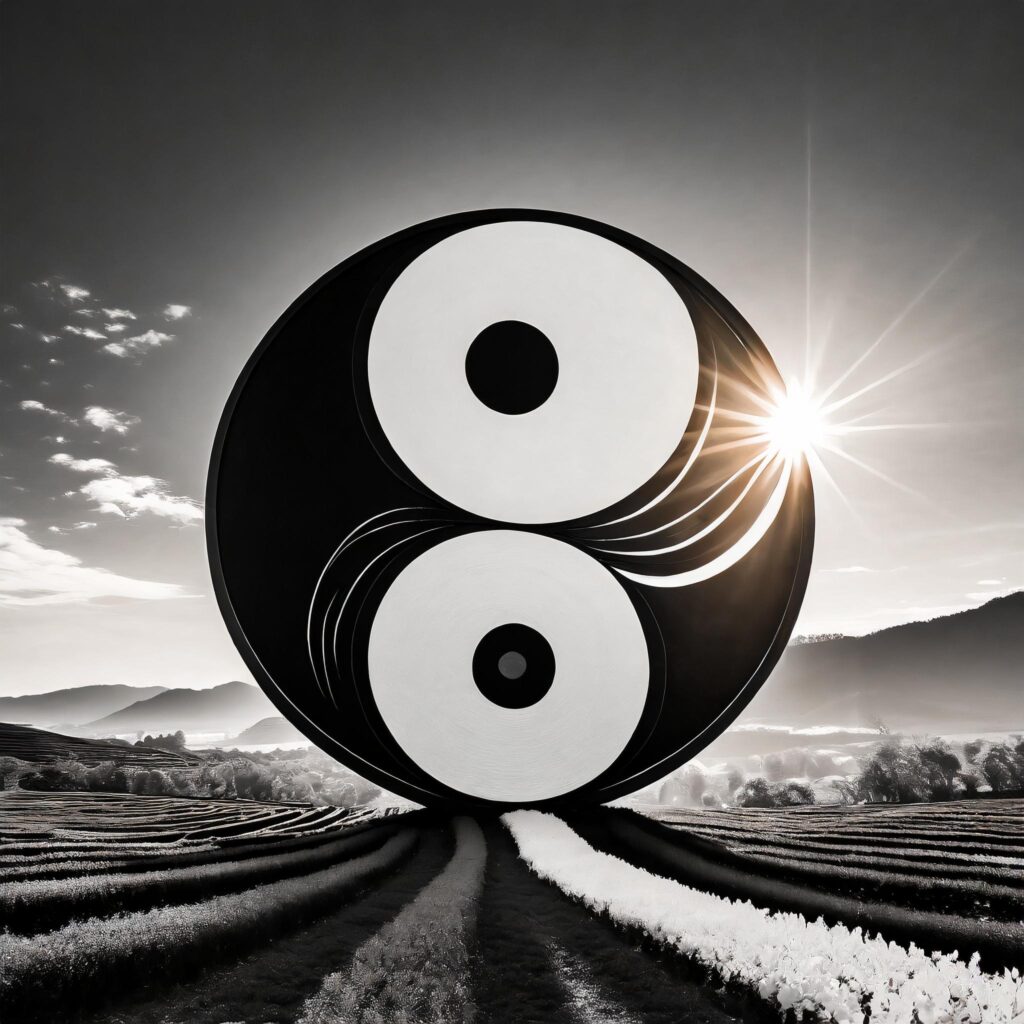Back to: The Health Benefits of Tai Chi – 1

Tai Chi, also known as Tai Chi Chuan, is a centuries-old Chinese martial art that has evolved into a popular form of exercise and therapy practiced worldwide. With its slow, graceful movements and focus on inner peace, Tai Chi has a rich history that intertwines with Chinese culture, philosophy, and traditional medicine.
This article explores the origins, development, and modern adaptation of Tai Chi, highlighting its journey from ancient martial art to a global wellness practice.

Origins of Tai Chi
Some historians trace Tai Chi’s roots to ancient Daoist practices, where breathing exercises and slow, meditative movements were used to cultivate internal energy (qi) and maintain health.
Chen Village
- Historical Beginnings: The documented history of Tai Chi begins in the 17th century in Chen Village, Henan Province, China. Chen Wangting, a retired military officer, is credited with creating the earliest form of Tai Chi by integrating martial arts techniques with breathing exercises and traditional Chinese medicine.
- Chen Style: The Chen family’s martial art, known as Chen Style Tai Chi, combined slow, flowing movements with sudden bursts of speed and power, setting the foundation for future Tai Chi styles.
Development of Major Tai Chi Styles
As Tai Chi evolved, several distinct styles emerged, each with unique characteristics and philosophies:
- Chen Style
- Characteristics: Known for its low stances, spiraling movements, and a blend of soft and explosive techniques (fa jin). It retains a strong martial arts focus.
- Influence: Chen Style Tai Chi laid the groundwork for other styles and remains a cornerstone of Tai Chi practice.
- Yang Style
- Origins: Developed by Yang Luchan in the 19th century, who learned Chen Style from the Chen family and adapted it.
- Characteristics: Emphasizes large, sweeping movements and an even, steady pace. It focuses on relaxation, fluidity, and accessibility, making it the most widely practiced Tai Chi style today.
- Global Spread: Yang Style Tai Chi’s gentle approach contributed to its global popularity as a health-promoting exercise.
- Wu (Hao) Style
- Origins: Created by Wu Yuxiang in the mid-19th century, combining elements of Chen and Yang styles with additional focus on internal energy.
- Characteristics: Features small, compact movements and precise techniques, emphasizing internal energy (qi) cultivation.
- Wu Style
- Origins: Founded by Wu Jianquan, a student of Yang Luchan, in the early 20th century.
- Characteristics: Smooth, flowing movements with a slightly forward-leaning posture. It includes grappling techniques and emphasizes balance and coordination.
- Sun Style
- Origins: Created by Sun Lutang in the early 20th century, incorporating elements from other internal martial arts like Xingyiquan and Baguazhang.
- Characteristics: Features agile, high stances and quick, fluid transitions. Known for its smooth, flowing sequences and emphasis on breathing and relaxation.
Modern Adaptation and Global Popularity
In the 20th century, Tai Chi transitioned from a martial art practiced by a select few to a widely recognized form of exercise and therapy:

- Simplification and Standardization
- Simplified Forms: To make Tai Chi more accessible, simplified forms like the 24-Form Tai Chi (Simplified Yang Style) and 37-Form Tai Chi were developed. These forms retain the essence of traditional Tai Chi while being easier to learn and practice.
- Standardization: Efforts to standardize Tai Chi forms have helped promote its practice worldwide, ensuring consistency in teaching and learning.
- Health and Wellness
- Scientific Research: Numerous studies have highlighted Tai Chi’s health benefits, including improved balance, reduced stress, enhanced cardiovascular health, and better overall well-being. This scientific validation has boosted Tai Chi’s popularity worldwide as a holistic health practice.
- Public Health Programs: Tai Chi has been incorporated into public health initiatives and community programs, encouraging people of all ages to practice for health and wellness.
- Global Reach
- Tai Chi has gained global recognition, with practitioners in every corner of the world. It is taught in schools, community centers, health clubs, and dedicated Tai Chi studios.
Conclusion
From its ancient roots in Chinese martial arts to its modern-day practice as a form of exercise and therapy, Tai Chi has undergone a remarkable transformation. Its rich history, encompassing legendary figures, diverse styles, and global spread, reflects its enduring appeal and adaptability. Whether practiced for self-defense, health benefits, or inner peace, Tai Chi continues to inspire and enrich the lives of millions around the world.
